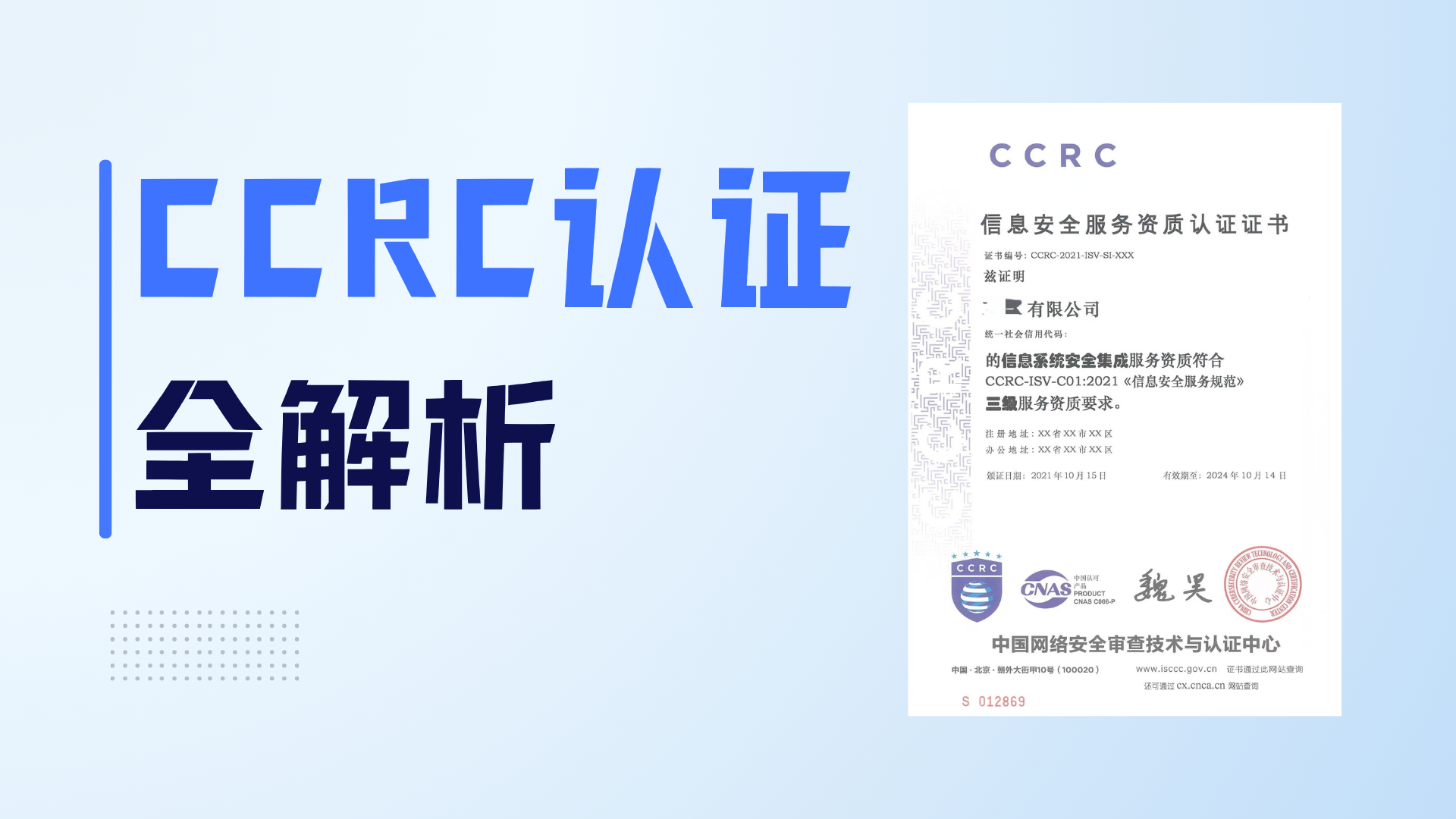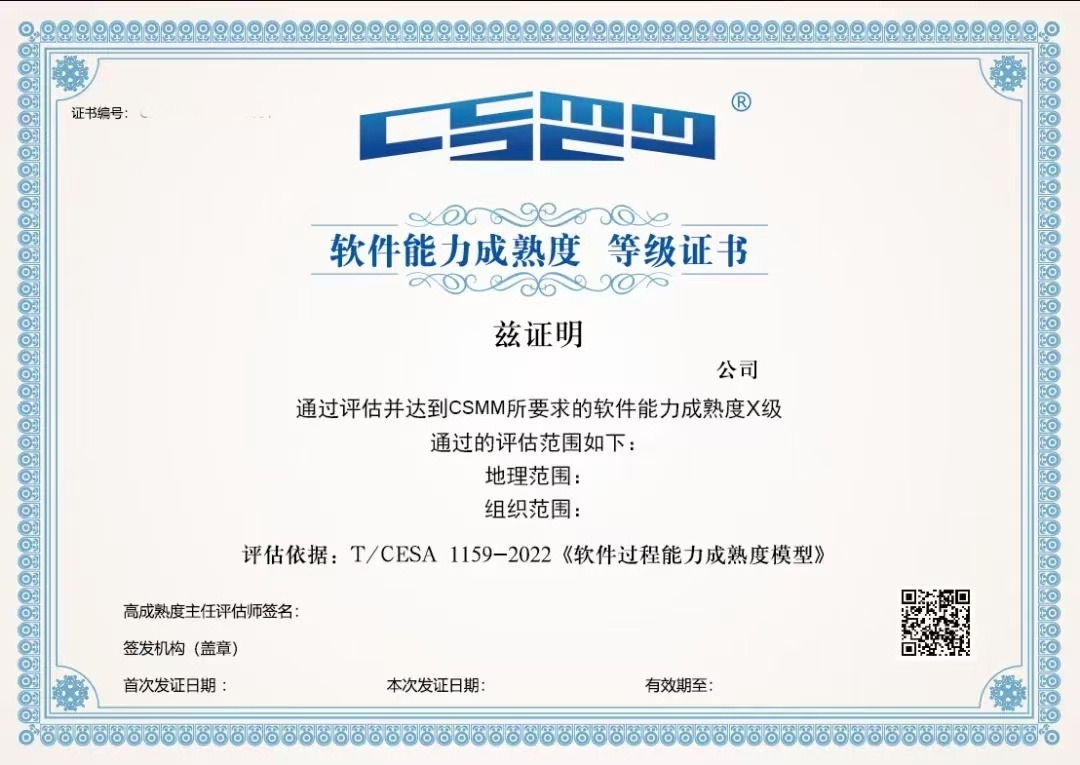




 Release time: 2025-04-23 15:59:23
Release time: 2025-04-23 15:59:23 Publisher: Sterui
Publisher: Sterui Views: 618
Views: 618CMMM provides clear guidance and evaluation criteria in the implementation process of intelligent manufacturing systems.
For example, in terms of device operation management, CMMM requires devices to have real-time data collection, comprehensive equipment efficiency (OEE) statistical analysis, predictive maintenance, and other functions.
In terms of production planning and operation control, CMMM has put forward specific requirements for planning, scheduling integration, and intelligent level. These requirements not only help companies clarify their implementation direction, but also guide them to continuously optimize and improve through evaluation results.

Wechat ID:Siterui888888
Add a wechat friend to get free plans and quotations


 Contact
Contact




 定制化解决方案
定制化解决方案 专业咨询指导
专业咨询指导 透明化服务
透明化服务 长期顾问式合作
长期顾问式合作